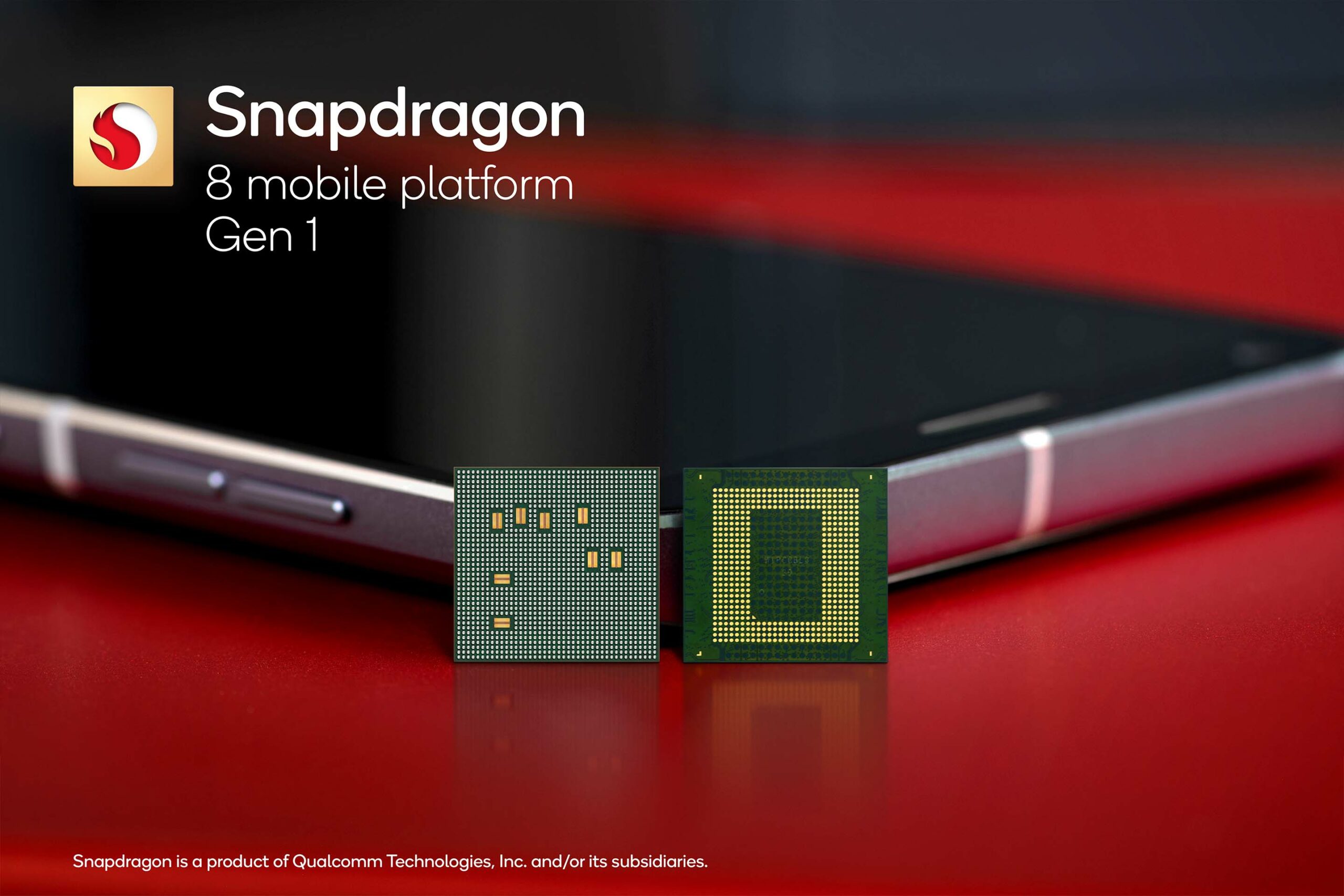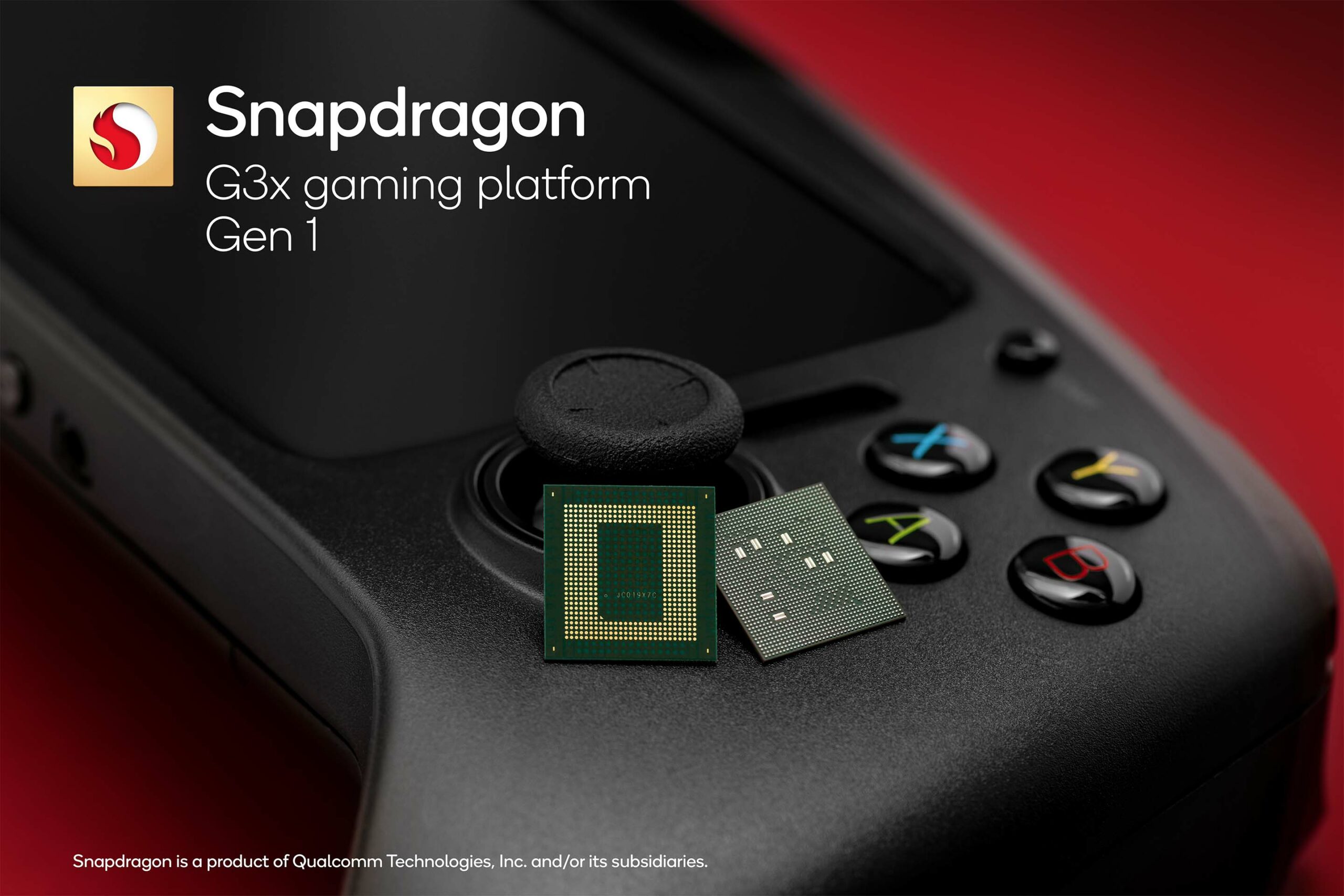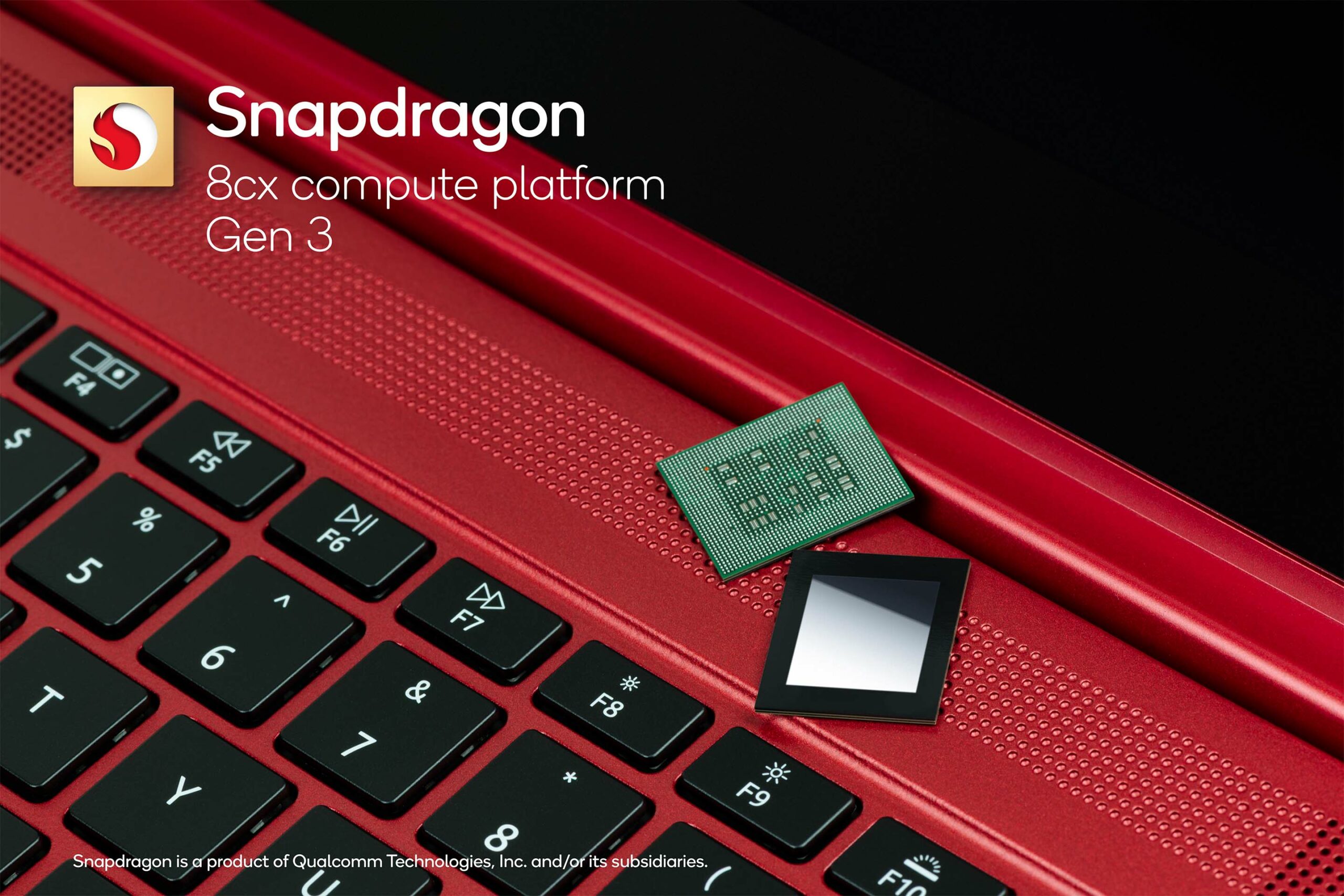Qualcomm announced its newest flagship system-on-a-chip (SoC) at its annual Tech Summit event in Hawaii on November 30th. The Snapdragon 8 Gen 1 succeeds last year’s Snapdragon 888, ushering in new branding and higher performance.
Despite the new name, the Snapdragon 8 Gen 1 still focuses on 5G, AI, gaming and more. On the connectivity side, the 8 Gen 1 boasts the 4th gen Snapdragon X65 5G Modem-RF system, which Qualcomm says can hit 10-gigabit download speeds. Moreover, Qualcomm’s FastConnect 6900 system returns, offering support for Wi-Fi 6 and 6E with speeds up to 3.6Gbps.
Image processing is another important area this year, with Qualcomm’s Snapdragon Sight technology including the first 18-bit image signal processor (ISP) ever for mobile. Qualcomm says the ISP can capture over 4,000x more camera data than its predecessor for better dynamic range, colour and sharpness. Capture speeds can go as high as 3.2-gigapixels per second.
Qualcomm says the new Snapdragon Sight system is the first mobile platform capable of capturing 8K HDR video using the HDR10+ format. There’s a new ‘Bokeh Engine’ as well that can add soft backgrounds to video. The company compared the capability to portrait mode, but it sounds a lot like Apple’s new Cinematic Mode to me.
Finally, Qualcomm’s camera tech includes a fourth, separate ‘Always-On ISP’ that can run the camera at low power for faster face unlock features.
Snapdragon 8 Gen 1 boasts improved AI chops

On the artificial intelligence (AI) side, the Snapdragon 8 Gen 1 includes Qualcomm’s 7th gen AI Engine running on the high-performance Qualcomm Hexagon processor. Qualcomm says it features a two times faster tensor accelerator and two times larger shared memory than its predecessor. It also has integrated ‘Leica Leitz Look’ filters to improve image quality, particularly bokeh.
The AI Engine also includes language processing from ‘Hugging Face,’ which Qualcomm says can intelligently serve as users’ personal assistant by prioritizing and analyzing notifications. Qualcomm worked with Sonde Health to use on-device AI to accelerate models that analyze users’ vocal patterns to determine risk for health conditions like asthma, depression and COVID-19. Finally, the AI Engine includes Qualcomm’s 3rd gen Sensing Hub for always-on AI systems processed in a low-power environment.
As usual, Qualcomm made some bold claims about gaming on the Snapdragon 8 Gen 1. First, the SoC includes “over 50 Snapdragon Elite Gaming features” and delivers “desktop-level capabilities.” The most important thing here is the improved performance of the Adreno GPU in the 8 Gen 1. Qualcomm says it has a 30 percent boost in graphics rendering capabilities and a 25 percent improvement in power savings compared to the previous generation.
Other features include the ‘Adreno Frame Motion Engine,’ which Qualcomm says can generate twice as many frames while maintaining the same power consumption. There’s also ‘Variable Rate Shading Pro’ and a volumetric rendering solution that Qualcomm claims brings “unrivalled realism” to game effects like fog, smoke and particle effects.
Better sound and improved security

The Snapdragon 8 Gen 1 will support Bluetooth 5.2 and Snapdragon Sound tech, including Qualcomm’s aptX Lossless tech and new low-energy (LE) audio features.
When it comes to security, Qualcomm described the new chip as “vault-like.” It’s the first Snapdragon platform to include a dedicated ‘Trust Management Engine’ for security and it supports ‘Android Ready SE’ for digital car keys, driver’s licenses and more.
As with any major new chip release, it’s important to manage expectations and wait for real-world tests. Qualcomm certainly makes the 8 Gen 1 sound like a major improvement over the Snapdragon 888. And while it likely is better, it remains to be seen just how much better it actually is.
You can learn more about the Snapdragon 8 Gen 1 on Qualcomm’s website.
Images credit: Qualcomm




















